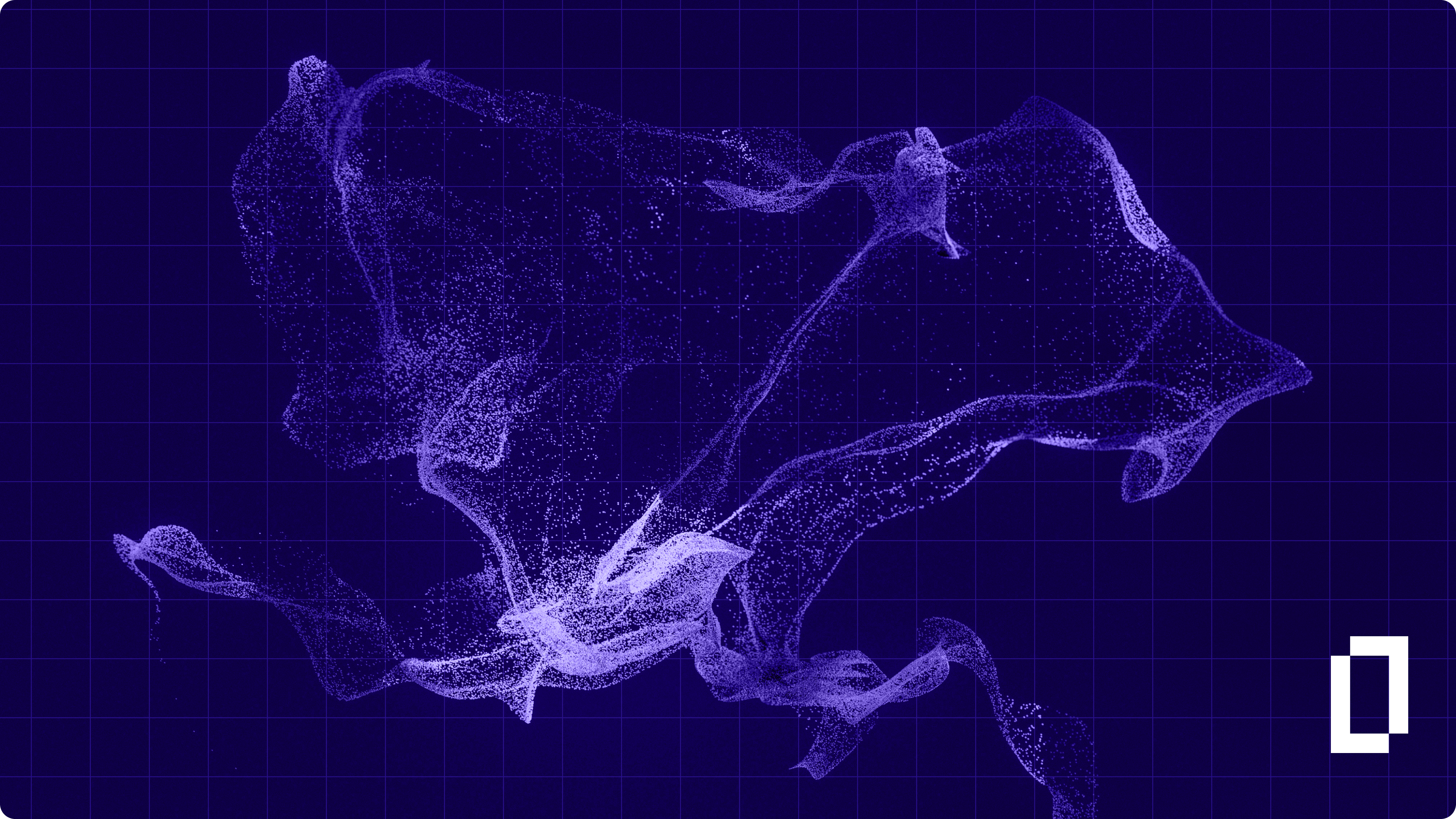Summary
- Self-Updating Repository: AI agents autonomously gather and rank climate regulations using web-scraping and word embeddings, improving over time through human feedback.
- AI Information Retrieval & Q&A Systems: Automated systems retrieve and answer queries from unstructured and structured data, synthesizing insights and citing sources for transparency.
- Smart Data Collection & Entity Matching: Real-time feedback and intelligent matching streamline emissions reporting, identifying anomalies and pairing activities with precise emission factors.
- Form-Filling & Insights Engines: Assistants auto-fill climate disclosures and compare datasets visually, revealing trends and enabling accurate, audit-ready sustainability reporting.
1. Self-Updating Repository
It can be challenging to keep pace with ever-changing carbon and climate regulations affecting your company’s supply chains and operations. One way to simplify information collection is through a Self-Updating Repository.
Using queries formulated by a Large Language Model (LLM) agent with web access, such a repository would rank and filter search results using word-embeddings, and download them through web-scraping tools. The repository could then be used to perform question-answering or surface updates to an expert user for broader sharing. The AI’s reliability can be improved over time through human feedback.
As an example, your company could build a self-updating repository to seamlessly track carbon tax and disclosure regulations across your supply chains and operation geographies. Repositories could also be set up for reporting frameworks, research on emission factors, and exploration of decarbonization levers.
2. Information Retrieval System
Finding the most relevant, precise and updated information to inform your company’s journey to net zero journey can feel like looking for a needle in a haystack. This is where an AI-powered Information-Retrieval System offers a solution.
Designed to efficiently process and respond to user queries, this system can extract targeted information from a predefined set of documents. Leveraging word-embeddings, it swiftly locates relevant sections or paragraphs that correspond to the user's query. The extracted data is then passed on to a LLM agent to generate an answer to the query. Such a system can be built on top of the self-updating repository. This would enable the continuous expansion and updating of the document set, ensuring that the information retrieved is current and comprehensive.
Imagine retrieving specific decarbonisation strategies for your industry’s hotspots or extracting up-to-date emission factors related to specific activities or processes. This system provides transparency by tracking the exact source of the information, offering a significant advantage in the information-retrieval process.
3. Document Question-Answering
Unlock the power to effortlessly navigate regulatory complexities and reporting frameworks with Document Question-Answering – a user-friendly chatbot that can be designed to interpret complex technical documents.
Similar to an information retrieval system, Document Question-Answering uses word-embeddings to pinpoint relevant document sections based on user queries. A LLM then formulates precise answers, identifying the source documents.
Operating like an interactive knowledge hub, Document Question-Answering boasts notable features such as interactivity, follow-up question capabilities, and the ability to synthesise insights from multiple documents. This makes it ideal for sustainability experts grappling with the nuances of regulations and reporting requirements, as well as business executives seeking nuanced insights into regulatory implications within their roles.
4. Smart Data Collection and Real-Time Feedback
Streamline communication in relation to emissions data collection and analysis with a smart data collection and Real-Time Feedback System — an automated tool that can generate emails, reminders, and action items.
Using data analytics and anomaly detection techniques, this system can review emissions data from different parties, as well as identify gaps. Once the analysis is complete, the system employs LLMs to craft clear, informative communications, automatically generating messages for real-time feedback to data providers.
Consider a scenario in which after analysing emissions data from a supplier, the system identifies unusual spikes and automatically generates an email, requesting additional information or clarification to one of your suppliers. This solution would significantly enhance the efficiency and responsiveness of your company’s emissions data management and reporting, guaranteeing timely and accurate follow-ups.
5. Entity Matching System
Matching business activities with the most relevant emission factors is often a tedious, error-prone process. Enter the entity matching system — a tool designed to streamline and improve the accuracy of entity matching.
Such a system functions as a recommender system that pairs specific queries, such as business activities, with the most appropriate matches, like emission factors, from a comprehensive database. This system utilises word-embeddings to find similarity between query and potential matches, along with other business rules. Supervised machine learning is employed to refine the system's accuracy over time, learning from each match to improve future recommendations. Feature-engineering is applied to the emission factors database, enhancing the system's ability to identify and suggest the most relevant matches based on various characteristics of the activities and the emission factors.
Imagine inputting a specific manufacturing process and receiving a recommendation on the most suitable emission factor. Similarly, when looking to apply decarbonisation levers, the system could match these strategies to the emissions hotspots within your business.
6. Structured Data Question-Answering System
Make it easier for teams across your company to unlock insights from your emissions data through a Structured Data Question-Answering System. Just ask a question related to a specific database and watch it transform into a clear answer.
This system operates by taking a user query related to a specific database, such as emissions measurement data, and then converting it into a SQL query using a LLM. Once executed, it retrieves results and crafts visualizations and text explanations, making the data easy to grasp.
For instance, you could ask about emissions trends for a specific business unit within your company over the last quarter, and the system would provide a clear, summaried answer that combines both narrative and visualizations.
7. Data Comparison Insights Engine
Simplify your data comparison tasks and gain valuable insights with a Data Comparison Insights Engine. Tailored for tasks like monitoring emissions reduction progress or correlating information across emission factors databases, this tool simplifies the complexity of dataset comparisons.
Beginning with an entity-matching process, the engine accurately aligns and compares elements across datasets. It subsequently aggregates differences and commonalities, organizing them into various categories or groupings. Through the use of advanced visualization techniques, the engine then creates clear and informative representations of comparisons, highlighting trends, patterns, and discrepancies that may not be immediately evident from raw data.
Envision effortlessly tracking emissions reduction progress, as the engine compares emissions data from different years, providing a visual narrative of progress or identifying areas where targets are not met. Similarly, when examining emission factor databases, the engine can adeptly compare different versions, uncovering updates or changes over time.
8. Automatic Form-Filling Assistant
Drastically improve the precision and efficiency of your company’s report generation with an Automatic Form-Filling Assistant — a specialised tool crafted for creating structured reports and filings, such as those needed for the Carbon Disclosure Project (CDP) and the Task Force on Climate-related Financial Disclosures (TCFD).
The assistant revolutionizes the process by treating each field in a disclosure form as a query. It harnesses the power of an underlying information-retrieval system and a structured data question-answering system, diving into a wealth of structured data and documents to extract precise information for each field. When presenting these findings to a human user, the assistant not only suggests answers for each disclosure field, but also provides the sources from which the answers were derived. This not only ensures accurate form-filling but also adds a layer of transparency and verifiability to the entire process.
For instance, when addressing emissions data in a TCFD report, the assistant can retrieve the most recent and relevant data and offer tailored suggestions on how to articulate this information in the report, all the while citing the authoritative source.
Quick answers to questions you may have
Can AI help track climate policies and regulations?
AI-powered solutions can help companies manage information overload related to climate policies and disclosures. By continuously monitoring news sources and online communities, AI can surface relevant information to experts, enabling informed decision-making and compliance with regulations.
How can AI assist in determining essential reporting categories?
AI can streamline the process of synthesising information from various reporting standards and aligning it with a company’s business model. By mining and analysing official information from diverse sources, AI can identify pertinent reporting scopes and categories, ensuring your company’s alignment with both regulatory mandates and strategic decarbonisation goals.
How does AI optimise emissions data collection?
AI-powered solutions and technologies can enhance the efficiency and accuracy of emissions data collection efforts by providing templates, real-time feedback on data discrepancies, plugging data gaps, and collecting data from suppliers. These purpose-built solutions alleviate the vast range of data collection challenges companies face in ensuring comprehensive and accurate emissions measurement.
In what ways can AI make the emissions measurement process more efficient and accurate?
AI can streamline emission factors matching and data sourcing. It can also facilitate version management of emission factor databases and provide insights for identifying measurement hotspots and material data improvements.
How does AI transform emissions measurement into actionable insights?
AI can be leveraged to design flexible dashboards for multifaceted data analysis and to generate algorithmically driven insights for identifying measurement hotspots. AI can enable companies to automatically extract emissions and decarbonisation insights, aiding in benchmarking and progress evaluation toward reduction goals.
What role can software and AI play in reporting and disclosure?
Carbon management software can automate data transformation for commonly used disclosure frameworks. However, since reporting requirements vary by sector, region, and evolve over time, AI-driven assistants can assist in adapting data to specific or new reporting formats. AI can also help enhance users’ understanding of different reporting requirements across frameworks.
How can AI be leveraged for target setting?
Target-setting frameworks often require specific types of targets, such as absolute reduction or intensity targets, and prescribe mitigation methods tailored to a company’s circumstances, such as abating <10% through high-quality carbon credits. These frameworks can be challenging to navigate, especially when considering sector-specific guidelines like those for Forest, Land, and Agriculture (FLAG) emissions.
AI can recommend suitable targets for your company based on measurement data, sector, and target-setting frameworks. Recommendations would be provided in natural language, enhancing usability and explainability.
How can AI assist with decarbonisation planning?
AI can support decarbonisation planning by creating Business-as-Usual (BAU) scenarios, pinpointing abatement options, quantifying abatement potential and costs, and improving decision-making processes. By accessing extensive knowledge repositories and databases, AI organises large volumes of data into customized scenarios and abatement strategies suited to your company's needs.
-vFEWmS0nN-transformed%201.png)


